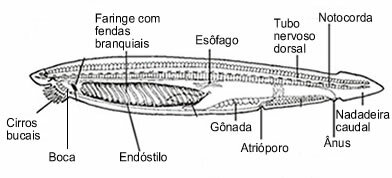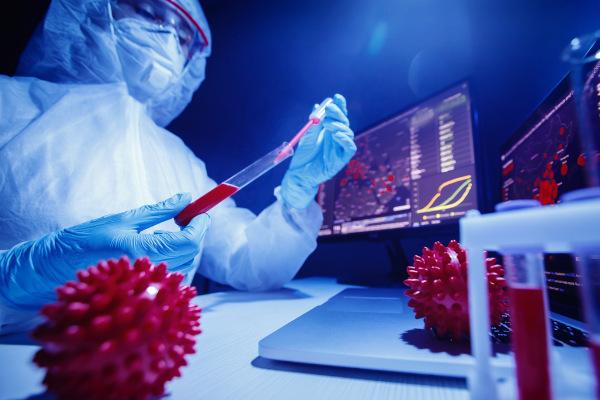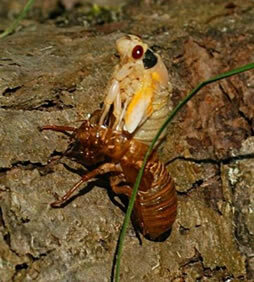The human sperm is the male sex gamete or the male reproductive cell. They are small cells, mobile and elongated in shape.
These tiny, light structures are only seen through microscopes.
Sperm were discovered in the mid-17th century by Dutch scientist Anton van Leeuwenhoek (1632-1723) when examining the contents of his own ejaculation. Initially, they were called "tiny animals".
What is the function of sperm?

As the male reproductive cell, the sperm function is to aid reproduction. In addition, it carries the genetic information of paternal origin.
When the sperm joins the female egg, fertilization occurs, which will later generate a child.
THE fertilization it consists of the meeting of the sperm with the egg, originating the zygote and after successive cell divisions it will result in the embryo.
However, there are many barriers until the sperm reaches the egg, this because the interior of the female body imposes difficulties for the survival of sperm.
It is estimated that only a hundred manage to reach the place of fertilization. Once in the female body, sperm can survive for up to three days.

Sperm production
The production of sperm occurs through a process called spermatogenesis, performed on the male testicles. Spermatogenesis begins at puberty and continues throughout a man's life.
Each testis is composed of the seminiferous tubules, made up of seminiferous epithelium, specialized in the production of sperm. After that, the sperm migrate and are stored in the epididymis, where they complete their maturation.
About 50 to 200 million sperm are released from the penis during male ejaculation.
Sperm Types
There are two types of sperm, that is, those carrying the chromosome x (female), and the chromosome y (male).
So, if the egg is fertilized by an x-chromosome egg, the result will be a girl. Otherwise, if fertilized by a y-chromosome, it will be a boy.
Sperm structure

The sperm is made up of a head and a tail. In the head, in the shape of a flattened egg, we have the nucleus that houses the genetic material. This region is responsible for the transmission of the paternal hereditary characters.
The tail (or flagellum) is divided into three parts: intermediate piece, main piece and terminal piece. It facilitates the locomotion of the male sexual gamete to the egg.
The acrosome is a more rigid structure found in the head of sperm that contains enzymes and facilitates its penetration into the egg.
Curiosities
- Sperm from other species can have different shapes and sizes compared to humans. Some of them are rounder, longer, and still have those that do not have a flagellum, for example, those of roundworms.
- Before the discovery of fertilization, scientists believed that sperm carried tiny human beings, which would develop inside the female body.
- The entire process of production and maturation of spermatozoa can take more than 60 days.
Learn more, read also:
- Human Embryonic Development
- How does human fertilization occur?
- Gametes
- Gametogenesis



